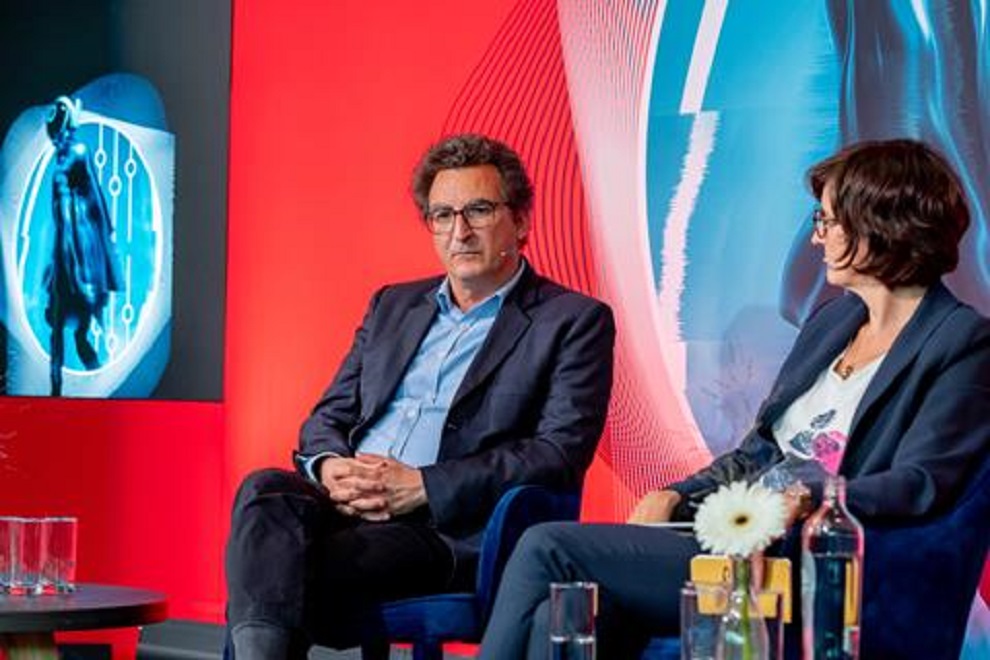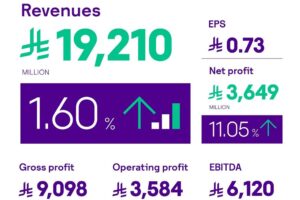In an increasingly fragmented TV consumption environment, telecom operators such as Orange are looking to quality of experience and AI to enable them to retain their customers, according to Chem Assayag, SVP, Home Services Innovation at Orange.
Speaking on the Who Owns the Customer panel session at IBC Conference Day 1 (13 Sept), Assayag said that telecom operators who traditionally have been responsible for delivering TV in France to consumers faced increased competition, new demands for consumers, and market fragmentation, meaning that “no-one owns the customer” anymore.
Orange has seen that content consumption is local but increasingly impacted by global trends, such as consumers’ interest in watching TV on different devices, live or via replay, via catch-up or at any time.
The TV distribution market has also seen the proliferation of content owners, with FAST (Free Advertising-Supported Streaming Television) becoming the latest iteration of that.
Assayag said that key trends include the well-known fact that the consumption of live content was declining. However, he said, live was still attractive, and was in effect “resisting” this change more successfully than expected.
Telecom operator have adopted various strategies to accommodate change. One that Orange has in effect rejected is the acquisition of exclusive content.
Assayag said that ownership of exclusive content rights had been tried by Orange but had not worked. However, in the absence of a premium exclusive content offering, the company had to offer something else: a compelling experience. Quality of Service could be measured but what people care about is Quality of Experience, which is something broader, he said
As part of this, people need to be able to find the content they want easily. However, said Assayag, the industry is still not enabling this in an adequate way.
He said that AI could potentially help with this. Currently, research has shown that people spend 10-15 minutes to find content they want using existing recommendation engines, but find nothing so end up watching an episode of something they have already seen, he said
Using AI to enable natural interactions to give really relevant responses offers a good opportunity, he said.
Assayag said Orange still has “mixed feelings” about voice search, with not enough people using it. However, he said AI would likely help. To help things along, the latest set-top box from Orange includes a Far-Field mic.
Assayag said that people increasingly do not care about which networks or channels content is available on. The UI needs therefore to be content-centric rather than network-driven. Integrated voice is an important part of the equation, he said.
Another key trend related to Quality of Experience is that people now expect content to be super-aggregated by a single provider so that they don’t have to change service to view what they want to view, he said.
To help with this, Orange invoices all the content services it aggregates with a single bill, which makes life easier for the consumer, he said.
Range of end devices
With content now consumed in multiple ways, Orange is also looking beyond the set-top box to deliver content to a range of end devices.
Assayag said Orange knows that people want to access the service through different devices, including dongles and more recently smart TVs. “We want to be on smart TVs,” he said, despite the fragmentation of that ecosystem.
However, the set top should still deliver a great experience, he said.
“It is really about doing both,” he said.
Examples of cooperation with TV OEMs include a deal with Samsung that enabled its customers to acquire a Samsung TV at a good price. However, Assayag cautioned that it was important not to cannibalise the operator’s own customer base. There is always a need to “find the right balance” as an operator, he said.
In addition to multiple devices, Orange also operates through multiple brands to cater to the requirements of different market segments, with French low-cost sub-brand Sosh being used as the first place to test delivery to smart TVs as an alternative to the set-top box.
Using the B-brand, Orange could give users the option to go fully with smart TVs if they didn’t want the set top box.
Source: IBC












